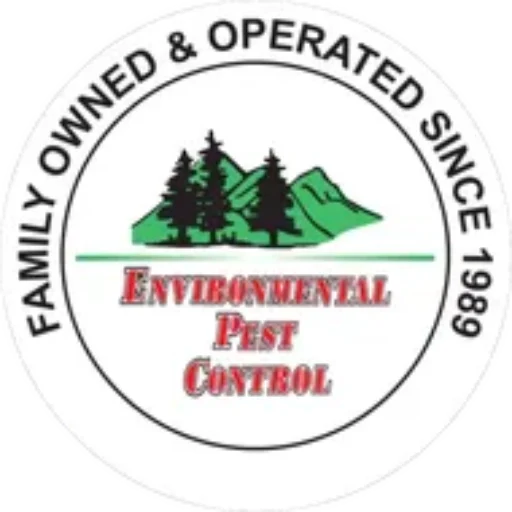ANT EXTERMINATOR SERVING MOUNT VERNON, WA
IN MOUNT VERNON & ANACORTES, WA
ANTS
PAVEMENT ANT
The Pavement Ant Tetramorium Caespitum (Linnaeus) is an introduced species and is one of the most commonly encountered house infesting ant. Pavement ants are 1/16"-1/8" long and vary in color from dark brown to black. They are a two node ant with a 12 segmented antennae.
- Very little information is known on the Pavement ant colony. Most colonies are located under sidewalks, building slabs, large rocks. It is common to see sand piles and small soil particles in structures near cracks in concrete slabs, foundations or cracks in sidewalks.
- Pavement Ants feed on a wide variety of food. Sweets, including sugar, nectar, fruits and syrups, but they prefer meats and greases.
ODOROUS HOUSE ANT
The Odorous House Ant (Tapinoma sessile) is a native species, found throughout the United States. It earns its name by producing a foul coconut odor when crushed. Worker ants are 1/16" — 1/8" long and are a brown to black color. They are a single node ant with a 12 segmented antennae.
- Odorous house ants may mate in nest forming new colonies by budding from the original colony. Colony size may range from 100 -10,000 and may have several Queens. (which makes this a hard ant to control)
- Odorous House ants travel in trails and prefer sweets
CARPENTER ANTS
Carpenter ants have several species (Camponotus species) The 2 most destructive species in the Western United States are the C. modoc and the C. Vicinus. Carpenter ants are among the largest ants in north America with workers ranging from 1/8"- 34" long. The modoc Carpenter Ant is black in color while the Vicinus Carpenter Ant varies in color but is usually red and black.
- Mature colonies may range from several thousand to 15,000 including satellite nest. Carpenter Ants complete their life cycle in about 60 days. Swarmers do not appear in the colony until usually 3-4 years.
- Carpenter Ants do not consume wood but excavate it to make their nest. This often begins in an area where there is damage from water or wood decay. From here they will expand the nest into sound wood and compromise structural integrity. They will nest in wall voids, hollow doors foam insulation, & fiberglass insulation.
- Carpenter Ants feed on sugar solutions from honey dew producing insects such as aphids, sweets and the juices from insects they capture.
